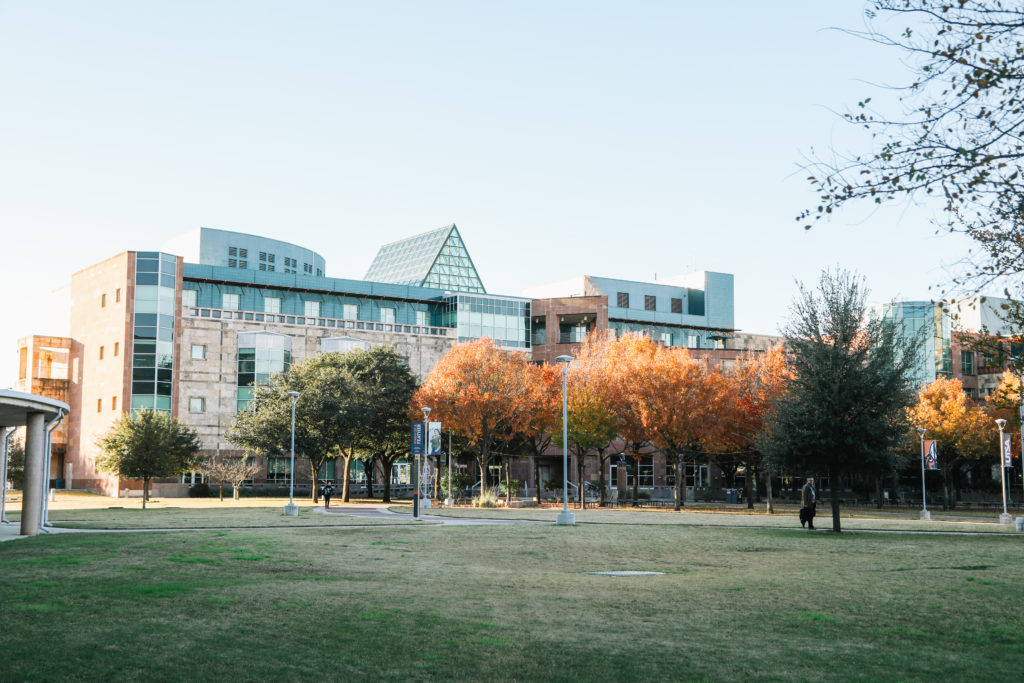The University of Texas at San Antonio (UTSA) plans to increase enrollment at their Downtown Campus from about 4,000 students to 15,000 over the next 10 years, adding a School of Data Science, a School of Entrepreneurship, a National Security Collaboration Center, an Urban Education Institute, and an Urban Science Institute. The new facilities will support the high-demand job opportunities of target industries. In fact, UTSA is already home to the country’s top cybersecurity program.
“It is my intent to realize the full potential of what a campus can offer the community in all of its facets—especially around learning, knowledge generation, and getting a degree that allows you to remain here and have a fair wage,” said UTSA President Taylor Eighmy. According to the SA2020 City Dividend, just a one percent increase in college-educated San Antonians—about 14,184 students—will lead to $1.4 billion increase in total income in the San Antonio metro region.
Opened in 1997, UTSA’s Downtown Campus recently celebrated its 20-year anniversary. The expansion will allow the university to further foster multi-sector partnerships and spur innovation towards student success. “We actually have a lot of vibrant connections to all of those components and partners already, but there’s nothing like co-location,” explained Taylor. (Read more about partnerships with industry leaders to develop homegrown talent in Education.)
A $15 million gift from business leader Graham Weston, his largest personal gift ever, will help make UTSA’s expansion possible. Phase one of the 10-year plan includes two and a half acres at the intersection of South Santa Rosa and Dolorosa Streets and one acre on Dolorosa near South Flores Street. The second phase will focus on expanding further into the near West Side. At the recent CityFest panel on the Decade of Downtown, Weston Urban CEO Randy Smith commented on the importance of students: “Backpacks are essential for an urban core.”

Photo by Vanessa Velazquez
Downtown will continue to grow around the campus: from the opening of Frost Tower to the relocation of USAA and Bank of America headquarters, the increase in coworking spaces offered by Geekdom and WeWork, the completion of Hemisfair and the San Pedro Creek Culture Project, and the renovation of Alameda Theater and Alamo Plaza.
Around the country, cities are similarly leveraging institutions of higher education to transform their downtowns. Fifteen thousand students and thousands more faculty and staff in Downtown San Antonio, for example, will quickly demand complete streets, parks, local businesses, internships, jobs, and affordable housing. UTSA’s expansion holds the potential to shift the incentivization of downtown development to respond to the needs of San Antonians and our future talent.
Taylor is talking with the community, learning about previous effects of development, and taking steps to incorporate feedback and heed concerns. Expanding downtown and providing greater opportunity for young people “is very important, but I do not want this to happen at the expense of any neighborhood or any cultural fabric that’s essential to the future of the city as well.” The university plans to do a socio-economic impact study to “benchmark” property values and tax rates.
“We are dramatically reinventing our university, and we very much want it to be the university of the future as much as San Antonio is the city of the future,” added Taylor.

